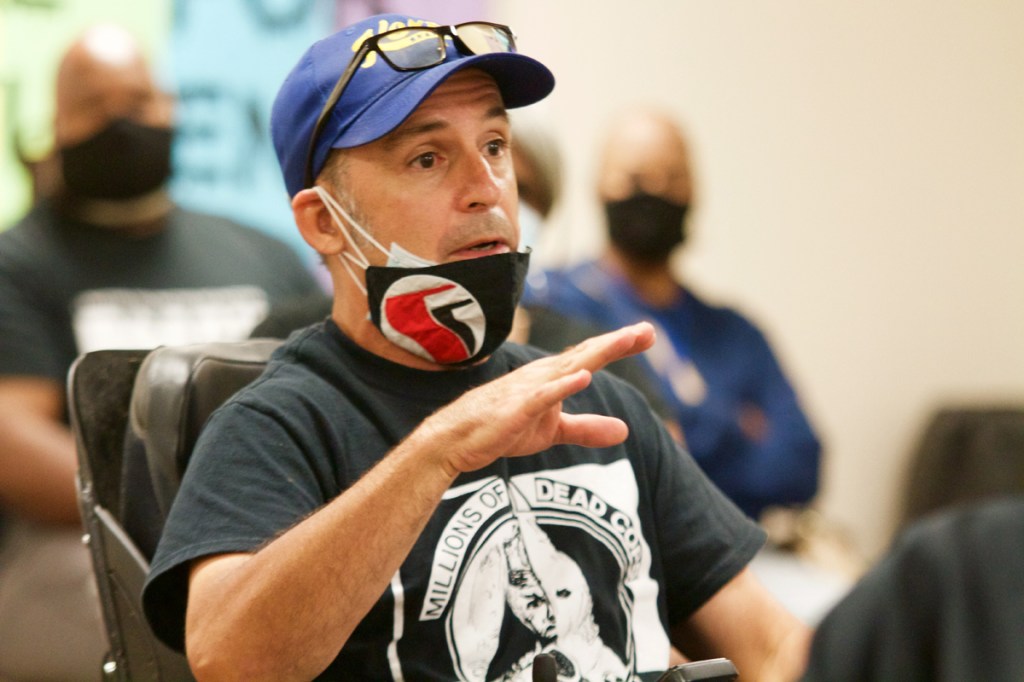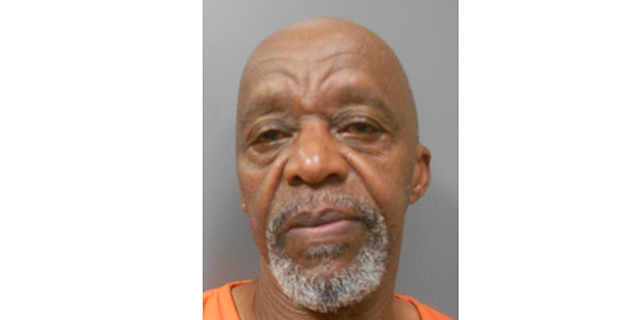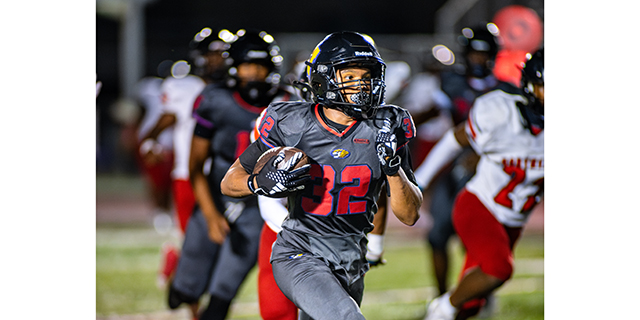First town hall meeting held to discuss redistricting in Iberia Parish after Census
Published 8:00 am Friday, September 17, 2021

- David Levy asks how the average citizen could access the maps to see what was going on with the districts.
A roomful of local elected officials, along with a smattering of other interested parties, gathered Thursday evening for the first of several town hall meetings to discuss the redistricting of the Iberia Parish political map.
Demographer Mike Hefner led the discussion, starting with an hour-long overview of the redistricting process, the role of the U.S. Census in that process, and the laws that govern what could or could not be done to make sure the political districts accurately represent the people in the parish.
Locally, the reduction of the parish’s precincts and polling stations for the fall election, which is now pushed back from October to November because of Hurricane Ida’s disruption, has been a hot-button issue, the topic of its own grass-roots town hall last month. Former 16th Judicial District Court Judge Lori Landry appeared before the Iberia Parish Council as well, claiming the reduction in precincts amounted to disenfranchisement of Black voters.
“The secretary of state asked that a ‘clean’ set of precincts be established for redistricting,” Hefner said. “We have an obligation not to draw a plan that deliberately minimizes a minority district.”
As Hefner explained, state law requires the consolidation of precincts that have lost population. According to the census data, Iberia Parish overall lost population, and much of that loss was from the minority districts. Any precinct that had fewer than 300 voters on its rolls would have to either be reconstituted with voters from another precinct or, if two adjacent precincts showed losses, the two could be combined.
That process left some voters having to travel up to nine miles to a polling station instead of using one that had previously been in walking distance of their homes.
In a typical census year, voters would never see those initial consolidated districts. The census data would be released in February, local governments would determine if there had been enough of a population shift to require a redistricting, and if so the process would commence. By summer’s end, the process would be complete, in time for any fall elections.
“We’re having to use a set of precincts that were never meant to be used for an election,” Hefner said. “That is why you have some voters who will be inconvenienced.”
No one will ever mistake 2020 for a normal year. Between wave after wave of a pandemic, a contentious election and ongoing social unrest, there are myriad reasons for the tardy process this year. In fact, the base census data that is used to determine redistricting was not released until August, when the redistricting effort would normally be wrapping up.
“We will be finishing up around the end of the year, beginning of next year,” Hefner said.
He walked through the changes that the data so far indicated would have to be made in the parish’s district and precinct maps. Several districts gained population, which meant they would have to give up territory and voters to districts that lost voters,
Within that adjustment, the racial and demographic makeup of the parish would also need to be maintained, so majority minority blocks would be ceded to districts where population had been lost to help maintain the racial and numerical balance.
David Levy asked how the average citizen could access the maps to see what was going on with the districts.
“How do we even know what to ask?” Levy queried Hefner. “I’m sitting in this meeting, but I don’t even know what to ask without digesting all of this information.”
Hefner said that in the past the various political entities, like the Iberia Parish Government and Iberia Parish School Board, put all of the redistricting maps and information on their websites.
“I will send them all of this when we are finished,” Hefner said.
New Iberia District 5 Councilwoman Deedy Johnson-Reed asked about the possible disenfranchisement of voters, whether intentional or not.
“You’re closing polling places,” Johnson-Reed said. “Ten miles for me is ok. But for some, it feels like they are being disenfranchised.”
The Louisiana Legislature has four Constitutional amendments that have to go before the voters on the October, now November, ballot. Additionally, the city of New Iberia has a special election to fill the city marshal’s office, which was an unforeseen election when the redistricting process was being planned. So voters in the city may be able to get to closer polling stations, but parish voters, specifically in Coteau and the Jeanerette area, may find their commute to vote has grown dramatically.
“Why did you have to make any changes at all?” asked New Iberia District 4 Councilwoman Deidre Ledbetter.
“Because we started making these changes in 2019,” Hefner replied. “If you had that crystal ball in 2019 that all these things would have happened, I wouldn’t have done this. In all my years of doing this, I’ve never seen the census data delayed. I’ve never had to do this during a pandemic.”
Levy asked Hefner about the shape of District 5, which stretches around the northern edge of New Iberia.
“It looks like it is gerrymandered,” Levy noted.
Hefner said that the district was just old, not artificially created.
“Actually, it has changed very little since 1990,” Hefner said. “It has been nibbled at around the edges because the population has grown. The boundaries changed as the population increased.”
After his presentation, Hefner opened up the floor and his laptop to any of the audience members who wanted to ask more detailed questions about their districts and how the population shifts may have affected them.
“Just hang in there to see how this evolves,” Hefner said.
Several elected officials and members of the public asked different versions of the same question at Thursday night’s redistricting workshop — what are things different this time around?
Demographer Mike Hefner offered three interwoven reasons for the consolidated precincts being used for the Nov. 13 elections this year:
- COVID — Because of the COVID-19 pandemic, census workers were given longer to accomplish their counts. That was the first item that pushed back the availability of the redistricting data.
- A SHAKY TRANSITION — The lack of communication between the outgoing and incoming administrations also slowed the census down. That pushed already broken deadlines back even farther.
- AN ACTIVE LEGISLATIVE SESSION — In most years, lawmakers try to avoid placing anything on a ballot immediately after a census is completed, which is usually by the early fall. This year, however, the files on which the redistricting is based were not released until mid August, when the redistricting would normally be approaching its completion.
Historically, the redistricting file from the U.S. Census Bureau is available in February of a reapportionment year, which would have allowed redistricting to be complete before a fall election.





